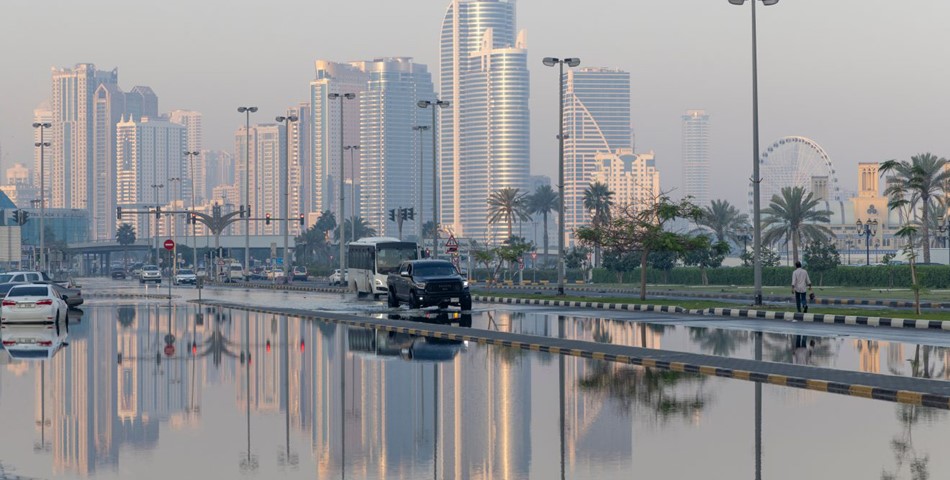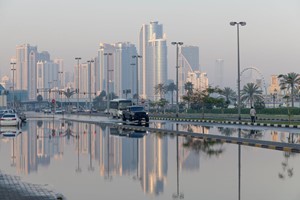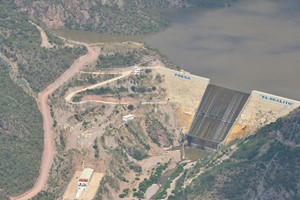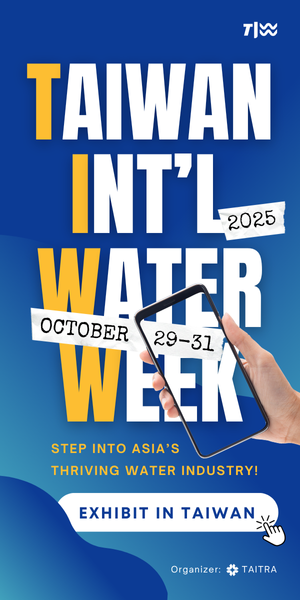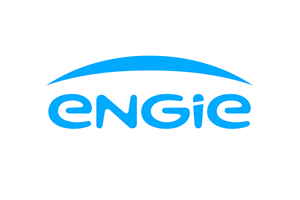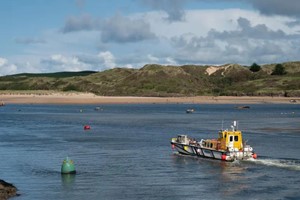Early warning systems have become an essential ally in the Middle East, where extreme events such as floods have become more frequent in recent years
The United Arab Emirates recently experienced one of the worst weather events in its history, with 254 liters of rainfall per square meter in just 24 hours. Dubai airport, one of the busiest hubs in the world which registered almost 45 million passengers in the first half of 2024 alone, was forced to shut down for several hours. However, Dubai was not the only region to suffer. Other Middle Eastern countries such as Bahrain, Oman, Qatar and Saudi Arabia also experienced episodes of torrential rain that caused dozens of deaths and brought huge economic losses.
Although some blame this rainfall on so-called “cloud seeding”, the reality is that climate change is seriously affecting this region in the form of prolonged heat waves (studies by the University of Helsinki have shown that the region is warming twice as fast as the global average) and more frequent occurrences of extreme weather events such as torrential rains and floods.
Flooding in the Middle East poses a serious threat to infrastructure, communities and local economies. Although rainfall is scarce for most of the year, the rainy season, which generally lasts from October to April, can bring heavy downpours in short periods of time. In this context, the challenges in water management are becoming increasingly complex, requiring a rapid and efficient response to mitigate the negative impacts of torrential rains. This is especially critical given that rapid surface runoff and the lack of adequate drainage infrastructure in urban areas can cause flash floods, washing away homes and vehicles and resulting in widespread damage.
THE IMPORTANCE OF EARLY WARNING SYSTEMS
Managing these hazards therefore requires a combination of predictive and early response tools. In this sense, early warning systems can better prepare water authorities and utilities to act quickly in the event of flooding. As the United Nations points out, “such systems can provide up to a tenfold return on investment by saving lives and livelihoods in the case of extreme weather events such as ever more intense and frequent storms and floods”.
“The systems use topographic and terrain data, together with advanced hydrological models, to simulate the behavior of rivers and waterways during a storm”, Idrica says. Thus, they can predict not only where flooding will occur, but also the degree of severity and possible impacts on nearby infrastructures and communities. For Idrica, the main technologies include:
- Real-time measurements of levels in rivers, reservoirs and waterways to detect rapid water surges.
- Automatic rain gauges which measure the amount of precipitation in specific areas.
- Meteorological satellites that provide real-time weather data. When this data is combined with predictive models, it helps to forecast storms and torrential rains that can cause flooding.
- Artificial intelligence algorithms which analyze historical rainfall and flow patterns to predict the potential behavior of future floods.
- Big data and predictive analytics which can be used to integrate historical and real-time data from a variety of sources to perform simulations.
- Geographic Information Systems (GIS) that analyze and visualize data geospatially, showing vulnerable areas on detailed maps. They facilitate risk management by enabling authorities to visualize the advance of water and potential points of impact in real time.
According to Christian Perez, Senior Business Development Manager - Digital, Middle East and Turkey at Xylem, “One of the most valuable aspects of our Early Warning System module is its ability to generate real-time alerts, as these provide local authorities, water utilities and emergency agencies with a critical window to make pre-emptive decisions”.
Pérez also pointed out that it is essential to “support decision-making in critical situations by pooling all the information and making it available to utilities and public agencies”. In this sense, Pérez highlighted the work carried out in some Middle East utilities, which are focusing on integrating climate prediction models with hydraulic models, in addition to real-time data from network sensors and SCADA.
In any case, all experts agree on the urgent need to tackle climate change. This task must go hand in hand with the uptake of technologies such as Early Warning Systems, the implementation of Digital Twins and the integration of various technologies and predictive models so that utilities and governments in the Middle East are better prepared to cope with climate uncertainty. This will help communities and infrastructure to withstand the torrential rains and floods that impact this arid region.
Idrica is a leading international technology company for the water sector, specializing in digital solutions. Founded by Fomento Urbano de Castellon, S.A. and headquartered in Valencia, Spain, it brings more than a decade of experience in the digital transformation of water. Its team of more than 200 experts is transforming the management of drinking water, wastewater and irrigation around the world.



